Many years since the famous paper “to err is human” evidenced the impact and the significance of the medical aid associated risks.
Therefore, many resources have been destinated to reduce unnecessary risks and improvement of the patient’s safety. Even the science advances about patient’s safety and the achievements in some specific areas, we are almost already far from reaching our goals and offer our patients a safe medical assistance they are waiting for and we are aiming for.
Patient-based medicine and clinical safety are the keywords of medical quality. In 2006, “the world alliance for patient safety” from WHO, nowdays the WHO specifically settles patients safety as one of the six strategic goals. The initiative was captured by London Declaration, where the patients were compromised to achived a safer healthcare assistance. One year later It was signed in Madrid a new declaration about the National Healthy System safety. Since then, the patient participating strategies has became in a priority for the most important government and regulating societies. However, It’s inclusion to management systems related to the healthcare, is a pending task. The patient, and mostly the relatives are healthcare related risk witness.
Patients, relatives and caregivers have to participate in the safety improvement in many ways; system risk identification, searching solutions, active participation in assistance process, decision making and adverse effects management.
They can also participate through complaint and suggestions forms, quality surveys and, even in some countries, are contemplated to participate in adverse effects notifications.
Many initiatives try to find how patients and caregivers can partipate in the safety process. Some examples about this issue are “questions are answers” and “20 tips to prevent medical errors” from AHRQ (The Agency for Healthcare Research and Quality), as well as Joint Commission iniciative “Talk”.
Another initiative from Imperial College London surgeons, through PINK video (Participate Inform Notice Know) encourage patients involvement in safety related areas.
* Participate: decision making participation related to treatment.
* Report: identity confirmation; report important illness and treatment information.
* Advice: be awake about side events and notify them to healthcare providers.
* Knowledge: Healthcare related risks, some treatment prescriptions, taking part in the process is essential on recovery.
Even the compromise and participation of the patients in the safety improvement it’s a promising area, there is no enough evidence about the effectivity and the impact of the designed actions.
Finally, once and adverse effect is happened, we must not forget to cover clinical and psicologial requirements of patients and their relatives, avoiding professional collateral victims.
Folllowing some countries guidelines and specific policies in order to stablish honest and transparent process. At the Consesus Conference about patients and relatives information about side effects from ISDE Healthy Area, is the first initiative in our country that settle recommendations to achieve the process.
Although the patient’s empowerment has been on set, neccessary changes must take place for patients to participate in the risk Management, with a leading role in the care process.
We have not to forget all that can lead to a responsibility transference from the professionals and healthy providers to the patients. Which can be felt as an additional charge.
Patient safety education process of health care professionals is an essential tool in order to achieve this new idea.
References
[iv] Ministerio SPS. Declaración y compromiso de los pacientes por la seguridad en el Sistema Nacional de Salud 2007. [acceso 27 agosto 2014]. Disponible en: http://www.msssi.gob.es/organizacion/sns/planCalidadSNS/docs/Declaracion_final_15nov2007.pdf
[v] NPSA, NHS. National Learning and Reporting System. [acceso 27 agosto 2014]. Disponible en: http://www.nrls.npsa.nhs.uk/
[ix]The “Participate Inform Notice Know” (PINK) patient safety video [acceso 27 agosto 2014]. Disponible en:
http://www1.imperial.ac.uk/cpssq/cpssq_publications/resources_tools/pink/
[xii] Ministerio SPS. La perspectiva de los ciudadanos por la seguridad del paciente. Madrid: Ministerio de Sanidad y Política Social; 2010.

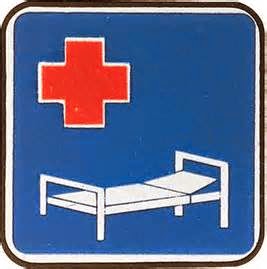

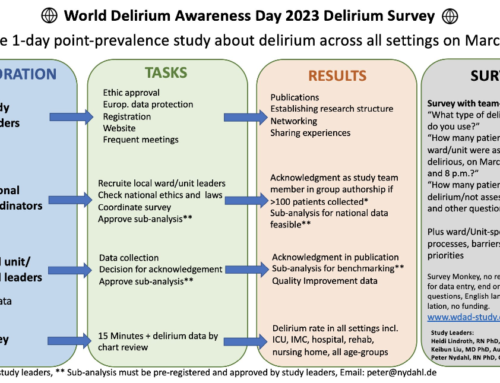
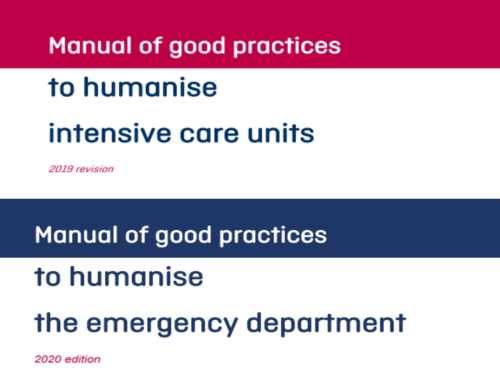
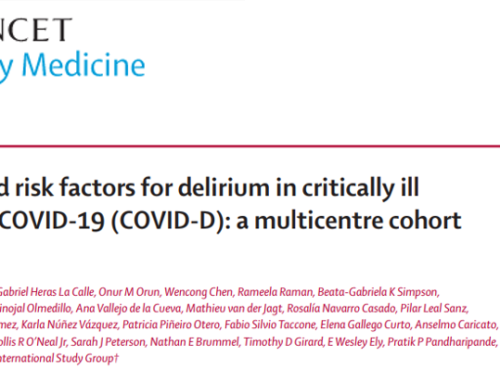
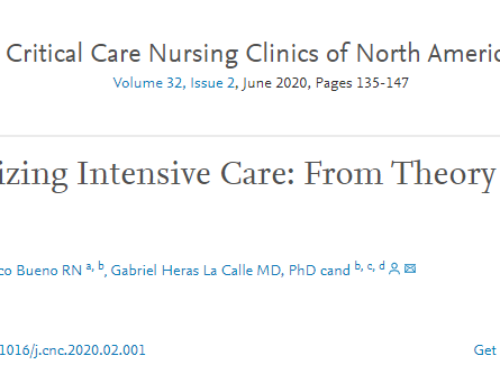

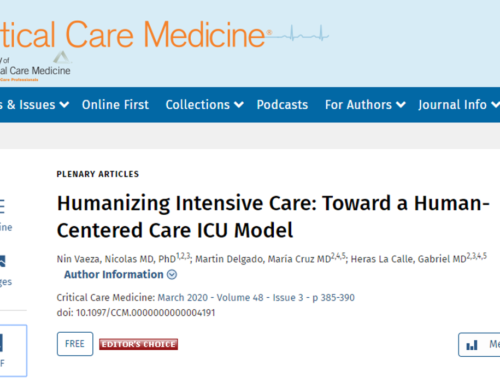
Leave A Comment